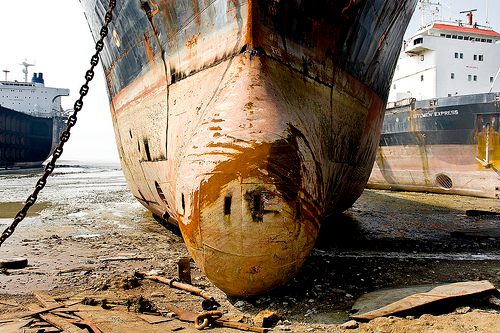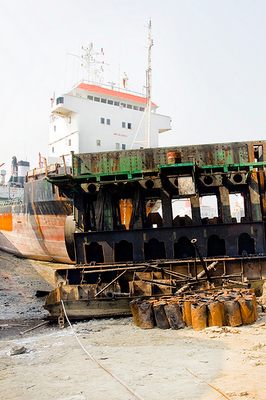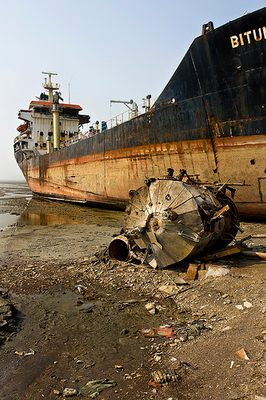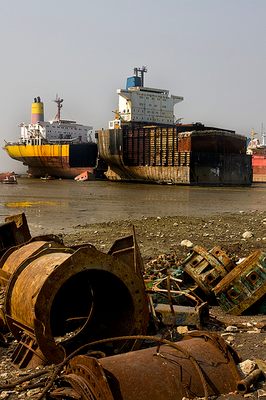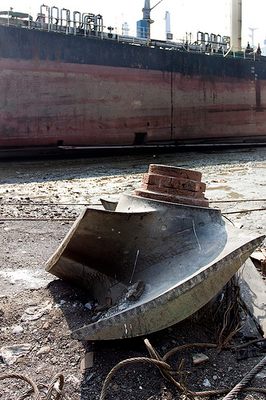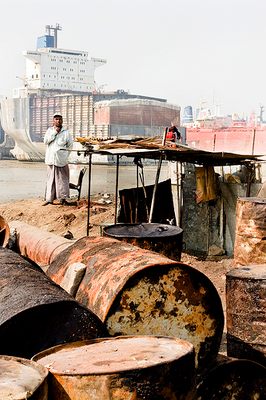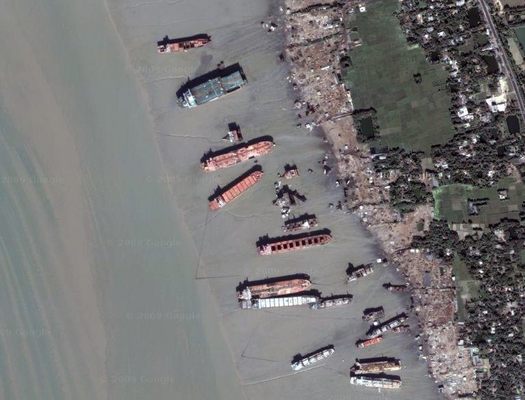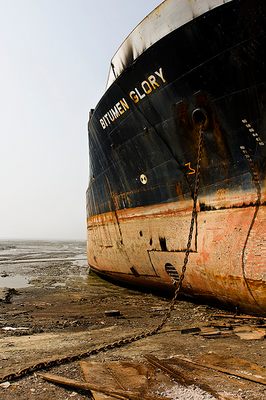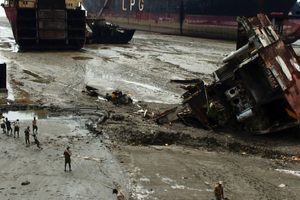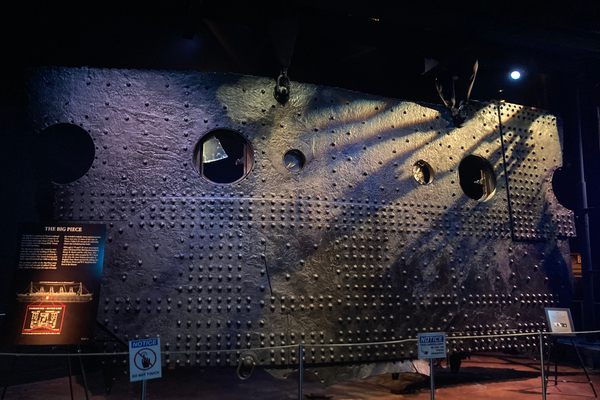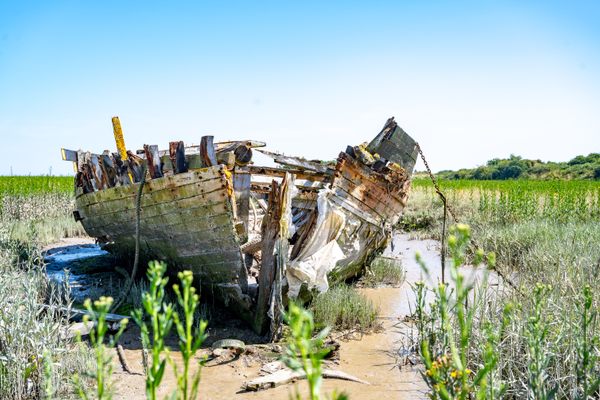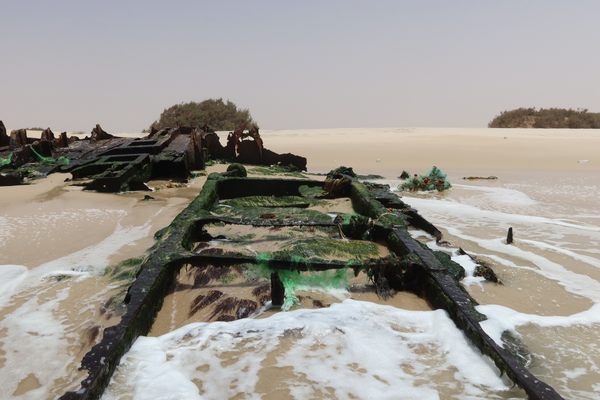About
Supertankers and giant cargo ships are the backbone of our global consumer society.
Hundreds of meters long, ferrying millions of tons of goods across the globe, the sheer size of these immense vessels is awe inspiring. Construction of one such behemoth is a fascinating feat of engineering. However, the destruction and final resting place of these steel giants is even more intriguing.
Even when such a ship is not seaworthy anymore, and repairs are not economically viable, the raw material it is constructed from has some value. Nowadays ship-breaking yards tend to be located in third world countries, places far out of sight of the consumers whose supermarkets they helped supply, and where labor is cheap and environmental protection laws are lax.
There ships are chipped down bit by bit, usually by hand, and stripped of every last bit of value. Fauzdarhat, 20 kilometers northwest of Chittagong in Bangladesh, is where many of the world's ships go to die.
Over twenty ship-breaking yards dot the 16 miles of coastline. It is an industrial wasteland of epic proportions, where thousands of workers are forced to scratch their meager existence out of these hulking steel ruins, working with rudimentary protection, risking injury and illness, poisoned by toxic fumes and exposure to asbestos and other hazardous materials.
Chittagong is but one of many such places. Gadani in Pakistan is perhaps even larger. Alang in Gujarat in India is another.
Environmental groups such as Greenpeace have tried to raise awareness of the threat that these ship-breaking yards pose to both the people employed in them and to the environment. There is some hope that public pressure will force major shipping companies to make greater use of so called "Green Ship Recycling" facilities in developed countries.
Related Tags
Know Before You Go
Follow the N1 road north from Chittagong city.
Published
December 6, 2009
Sources
- http://en.wikipedia.org/wiki/Ship_breaking
- http://www.ilo.org/public/english/protection/safework/sectors/shipbrk/shpbreak.htm
- http://bldgblog.blogspot.com/2005/12/where-cathedrals-go-to-die.html
- http://www.greenpeaceweb.org/Shipbreak/bangladesh.asp
- http://www.offbeattravelling.com/ship-breaking-safe-or-suicide/
